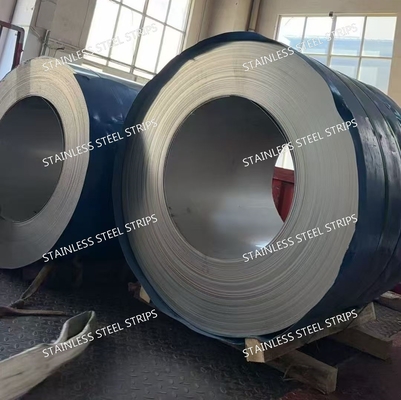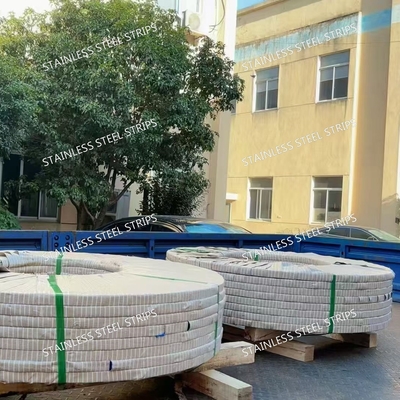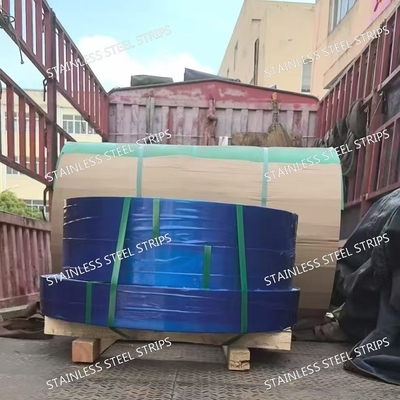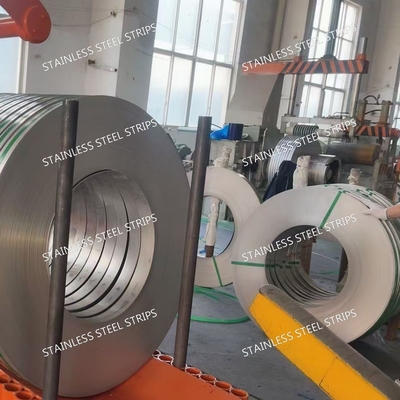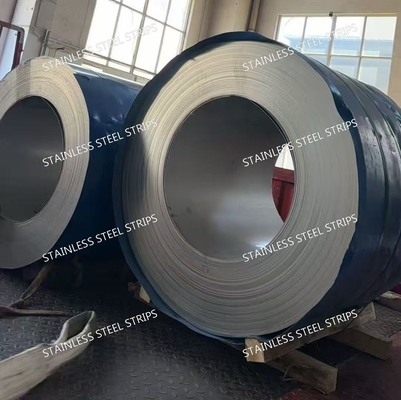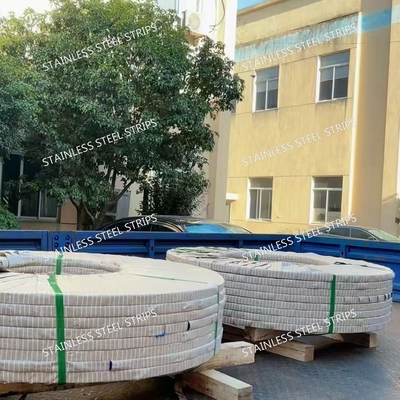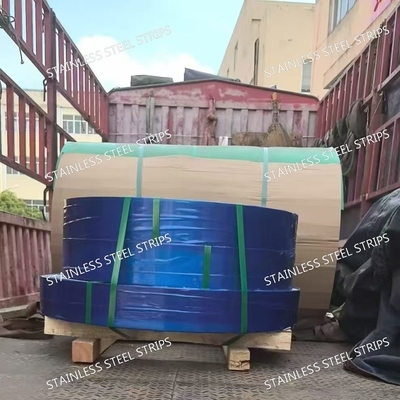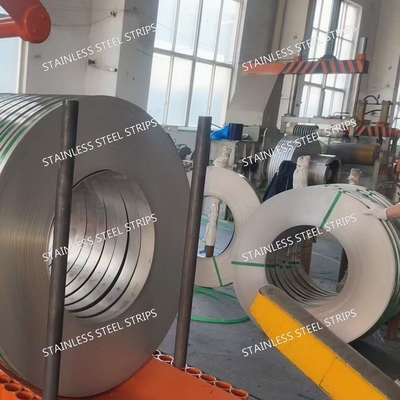All Products
-
 Raian IonescuMaterial quality very good. we have cooperate more than 10 Years. They trade lots kinds of steel material. All material quality good. They duty for all material quality. We are planing continue cooperate with them in the future
Raian IonescuMaterial quality very good. we have cooperate more than 10 Years. They trade lots kinds of steel material. All material quality good. They duty for all material quality. We are planing continue cooperate with them in the future
TISCO 316L/316H/316Ti Stainless Steel Strips Rolles Thickness 0.3 - 8.0mm Cold Rolled and Hot Rolled SS Coil
| Place of Origin | China |
|---|---|
| Brand Name | TISCO |
| Certification | ISO |
| Model Number | 300 Series / 400 Series |
| Minimum Order Quantity | 2 Ton |
| Price | 1500-2500 USD/Ton |
| Packaging Details | standard packing for export |
| Delivery Time | 5 - 12 days based on the quantity |
| Payment Terms | L/C, T/T, Western Union |
| Supply Ability | 20Ton per week |
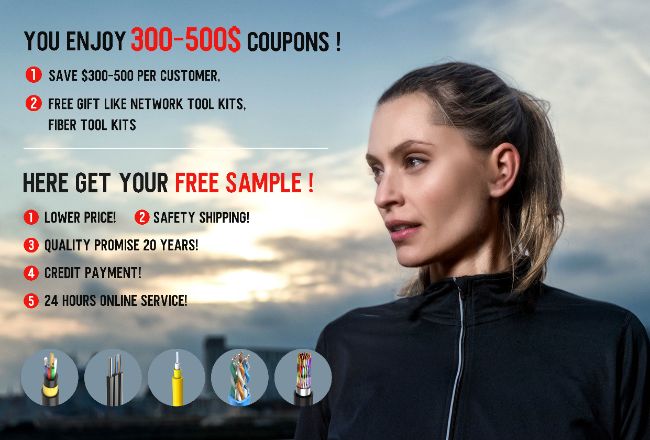
Contact me for free samples and coupons.
Whatsapp:0086 18588475571
Wechat: 0086 18588475571
Skype: sales10@aixton.com
If you have any concern, we provide 24-hour online help.
xProduct Details
| Products | Stainless Steel Strip | Thickness | 0.5-8.0mm |
|---|---|---|---|
| Width | Within 1500mm | MOQ | 500 Kgs |
| Grade | 200 Series 300 Series 300 Series | Surface | BA 2B NO.4 HL 8K NO.1 |
| Standard | ASTM EN GB JIS | Packing | Wooden Frame And Water Proof Paper |
| Highlight | TISCO Stainless Steel Strip,316Ti Rolled Stainless Steel Strip,8.0mm Cold Rolled Stainless Steel Strip |
||
Product Description
TISCO 316L/316H/316Ti Stainless Steel Strips Rolles Thickness 0.3 - 8.0mm Cold Rolled and Hot Rolled SS Coil
Products Specification
| Product Name | Stainless Steel Strips |
| Length | As required |
| Width | 3mm-1219mm or as required |
| Thickness | 0.15 - 3.0mm or as required |
| Standard | AISI,ASTM,DIN,JIS,GB,JIS,SUS,EN,etc. |
| Technique | Hot rolled / cold rolled |
| Surface Treatment | 2B or according to customer requirement |
| Thickness tolerance | ±0.01mm |
| Material | 201, 202, 301, 302, 303, 304, 304L, 304H, 310S, 316, 316L, 317L, 321,310S 309S, 410, 410S,420, 430, 431,434, 440A,904L,2205,2507 |
| Application | It is widely used in high temperature applications, medical devices, building materials, chemistry, food industry, agriculture, ship components.It also applies to food, beverage packaging, kitchen supplies, trains, aircraft, conveyor belts, vehicles, bolts, nuts, springs, and screen. |
| MOQ | 1tons.We also can accept sample order. |
| Shipment time | Within 15-20 workdays after receiving deposit or L/C |
| Export packing | Waterproof paper, and steel strip packed.Standard Export Seaworthy Package.Suit for all kinds of transport,or as required |
| Capacity | 250,000 tons/year |
In the realm of high-performance materials, 316-series stainless steel strips stand out as premier choices for industries demanding exceptional corrosion resistance, temperature tolerance, and mechanical reliability. Comprising 316L, 316H, and 316Ti, these grades share a foundation of chromium (16–18%), nickel (10–14%), and molybdenum (2–3%), but their unique alloy compositions tailor them for specialized applications. This guide dissects their differences and highlights their unmatched advantages in critical industries.
Core Differences: Chemistry and Properties
Chemical Compositions (ASTM A240 Standards)
| Element | 316L | 316H | 316Ti |
|---|---|---|---|
| Carbon (C) | ≤ 0.03% | 0.04–0.10% | ≤ 0.08% (Ti ≥5×C) |
| Molybdenum (Mo) | 2.0–3.0% | 2.0–3.0% | 2.0–3.0% |
| Titanium (Ti) | — | — | ≥5×Carbon Content |
| Chromium (Cr) | 16.0–18.0% | 16.0–18.0% | 16.0–18.0% |
| Nickel (Ni) | 10.0–14.0% | 10.0–14.0% | 10.0–14.0% |
Mechanical and Environmental Traits
| Property | 316L | 316H | 316Ti |
|---|---|---|---|
| Tensile Strength (MPa) | ≥ 485 | ≥ 515 | ≥ 515 |
| Yield Strength (MPa) | ≥ 170 | ≥ 205 | ≥ 205 |
| Max Service Temperature | 425°C (corrosive) | 650°C (oxidizing) | 550°C (corrosive/high-T) |
| Weldability | Excellent (low C) | Good (requires annealing) | Excellent (Ti-stabilized) |
| Primary Corrosion Risk | None (welded joints) | Sensitization (high C) | Mitigated (Ti ties C) |
Industry-Specific Advantages
1. Medical and Pharmaceutical Industry
Dominant Grade: 316L Stainless Steel Strip
- Key Advantage: Biocompatibility and corrosion resistance in bodily fluids.
- Low carbon content (≤0.03%) eliminates chromium carbide precipitation, critical for maintaining hygiene and preventing corrosion in:
- Surgical instruments (scalpels, forceps).
- Implantable devices (pacemaker casings).
- Pharmaceutical mixing tanks and tubing.
- Low carbon content (≤0.03%) eliminates chromium carbide precipitation, critical for maintaining hygiene and preventing corrosion in:
- Regulatory Compliance: Meets ASTM A276 standards for medical use, ensuring non-toxicity and ease of sterilization.
2. Marine and Offshore Engineering
Top Choices: 316L and 316Ti
- 316L Advantage:
- Superior resistance to seawater chlorides (e.g., NaCl).
- Ideal for:
- Ship hull cladding, propeller shafts, and offshore platform components.
- Desalination plant heat exchangers (welded joints remain corrosion-free).
- 316Ti Edge:
- Titanium stabilization adds an extra layer of protection against pitting in high-salinity environments (e.g., coastal power plants).
3. Energy and Power Generation
Preferred Grade: 316H Stainless Steel Strip
- Key Benefit: High-temperature strength at 425–650°C.
- Higher carbon content (0.04–0.10%) enhances creep resistance, making it indispensable for:
- Boiler tubes and superheaters in thermal power plants.
- Nuclear reactor components (e.g., steam generators).
- Gas turbine exhaust systems (withstands cyclic thermal stress).
- Higher carbon content (0.04–0.10%) enhances creep resistance, making it indispensable for:
- Case Study: In a coal-fired power plant, 316H strips in boiler headers outperformed 316L by 30% in creep rupture tests at 550°C.
4. Chemical and Petrochemical Industry
Grades in Focus: 316L and 316Ti
- 316L for Corrosive Chemicals:
- Resists attack from weak acids (e.g., acetic acid) and alkaline solutions.
- Used in:
- Storage tanks for fertilizers and pesticides.
- Pipeline systems in refineries.
- 316Ti for Welded High-Temp Systems:
- Titanium prevents intergranular corrosion in sensitization-prone zones (400–800°C), critical for:
- Reactors producing synthetic fibers (e.g., polyester).
- Heat exchangers in oil refineries handling sulfuric acid.
- Titanium prevents intergranular corrosion in sensitization-prone zones (400–800°C), critical for:
5. Aerospace and High-Performance Automotive
Strategic Use: 316H and 316Ti
- 316H in Aerospace:
- Lightweight yet strong for non-critical high-temperature parts:
- Aircraft exhaust ducts (withstands 600°C during flight).
- Engine brackets in auxiliary power units (APUs).
- Lightweight yet strong for non-critical high-temperature parts:
- 316Ti in Automotive:
- Used in hybrid/electric vehicle battery cooling systems:
- Ti-stabilization resists corrosion from coolant fluids while maintaining formability for complex tubing.
- Used in hybrid/electric vehicle battery cooling systems:
Decision-Making Guide: Selecting the Right Grade
When to Choose 316L?
- Priority: Weldability in corrosive environments with no post-weld heat treatment.
- Red Flag: Avoid prolonged use above 425°C (strength diminishes).
When to Choose 316H?
- Priority: Sustained high-temperature strength (425–650°C) in non-welded or minimally welded components.
- Caution: Requires annealing if welded in corrosive service.
When to Choose 316Ti?
- Sweet Spot: Complex welded structures in both corrosive and moderate-high-temperature environments (e.g., chemical reactors at 500°C).
- Cost Consideration: Slightly pricier than 316L but cheaper than specialized alloys like 317L.
Integrate these terms to enhance visibility:
- "316L stainless steel strip medical applications"
- "316H high-temperature resistance energy industry"
- "316Ti vs 316L corrosion comparison"
- "Marine-grade 316 stainless steel strip"
- "ASTM A240 316Ti specifications chemical industry"
![]()
![]()
![]()
![]()
Recommended Products



